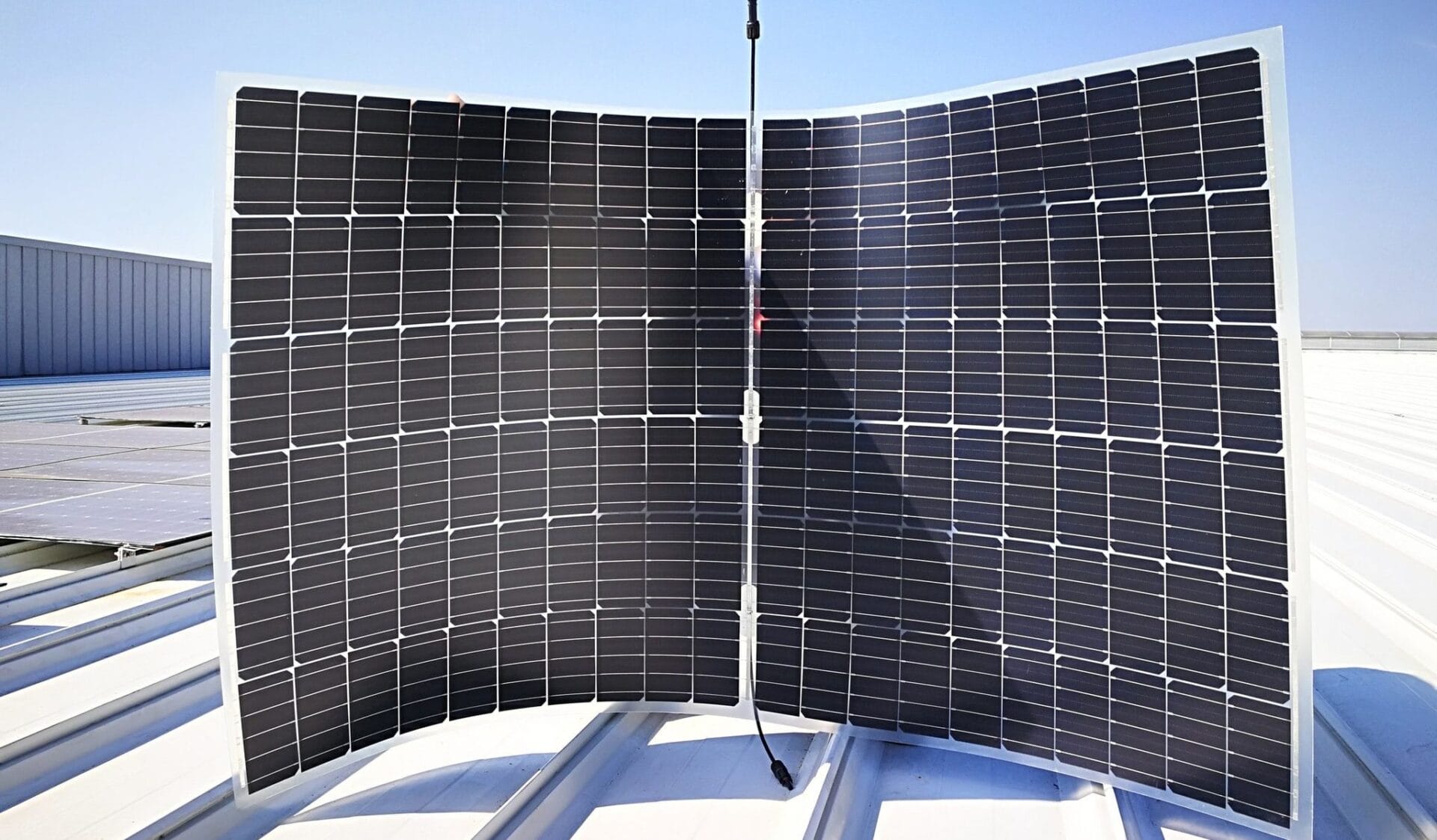The Clean Power Hour is a weekly clean energy headline review and commentary podcast run by Tim Montague, and yours truly – the CommercialSolarGuy – John Fitzgerald Weaver.
First of course, here’s the podcast – Episode 18.
Now, to the news!
A platform that lets anyone who has a project put it into play with the big players. DNV GL is a trusted entity, and I’m sure the buyers of the PPA have some solid rules to make sure they’re buying from a respected group, but otherwise – seems a fair shake for smaller players.
Telecoms business secures 100 GWh of clean power with DNV GL’s Instatrust online PPA-matching platform: DNV GL last month announced the telecoms procurement, as launch customer, attracted offers to supply more than 800 GWh of renewable energy through power purchase agreements (PPAs). The demand submitted by the telecoms provider took “two to three hours” to secure and achieved a 91% match with the PPA preferences cited by the corporate buyer, according to the Norwegian business. Source
It’s been a while (few months? year?) since a state signed up for 100% emission free electricity – but now we’ve got another southwestern state moving forward.
Arizona power must come from 100% carbon-free sources by 2050, regulators decide: The newly approved changes will boost those targets dramatically for investor-owned utilities Arizona Public Service and Tucson Electric Power, mandating a 50 percent cut in carbon emissions from 2016 to 2018 average levels by 2032 and a 75 percent cut by 2040. Document included a mandate that energy storage systems make up 5 percent of the state’s resource mix by 2035 and that 40 percent of that total be customer-owned or leased. Source
Utah PSC decides to lower export rate, impacting a recovering rooftop solar industry. Utilities and utility scale solar construction companies want residential and commercial net metering rates cut. There’s a lot of research suggesting this isn’t in ratepayers best interests.
Utah’s PSC just decided to lower the rooftop solar export credit rate from 9.2¢/kWh to about 5.8¢/kWh. At the start of this hearing, utility Rocky Mountain Power (RMP) was proposing that it pay an average price of 1.5¢/kWh for new customers starting in 2021, an 84% reduction. RMP was also asking for a one-time $150 application fee and a $160 customer generation meter fee. Vote Solar argued that the actual value of solar is 22.6¢/kWh, but had called on regulators to abandon this rate structure entirely and move back to net metering. Source
N.J. calls for 100% EVs by 2035, a first for East Coast
The proposal from the Department of Environmental Protection (DEP) came as part of an official road map that would allow the state to reach its goal of 80% carbon dioxide reductions by 2050. Utility regulators along with environmental and economic development officials should “facilitate a complete transition away from gasoline-powered vehicles” by that date by ensuring that at least 110,000 new electric vehicles are sold every year through 2025, the plan said. Over half a million gas cars are sold in the state every year. Source
Here’s two youtube video of Tesla factories getting built, because Tim really likes youtube videos of Tesla factories getting built 🙂
GigaBerlin – Source
GigaTexas – Source
Taking TopCON to Top Runner: Jolywood president Lin Jianwei talks solar n-type cell innovation
Started in backsheets, delivering 100 GW cumulatively, parlayed profit into global TopCON leadership w/ 24% efficient cell. N-type bifacial cell and module capacity of 2GW, $1.2 billion in assets. On TopCON – “We will stick to it and do better. Jolywood will continue on its own path in developing n-type technology, from N-PERT to N-TOPcon, and then on to n-type TBC and n-type TBC with perovskite.” Source
First, images of a Tesla Megapack installation. Pretty cool – and within the twitter thread there is a link to a very unique electrical infrastructure challenge that necessitated this specific energy storage installation: ”provides foundational resilience to…Carpinteria Valley – highly vulnerable ‘Goleta Load Pocket’; Connected via, ’40 mile power line through fire, mudslide earthquake zones’; ‘Since ’90, 13 major fires, 662,734 acres. 2018 mudslides – 400 homes, 23 dead’.
Bragg Crane installing a 10 MW/40 MWh @Tesla Megapack at the Vallecito Energy Storage Resilience Project (VESR) – 10% of energy storage needed in local grid area
h/t @ElectrekCo source – https://t.co/QDbtL4QOOT pic.twitter.com/wPjCnqUqNm
— Commercial Solar Guy (@SolarInMASS) October 30, 2020
Tesla Powerhub: a lesser-known Tesla energy product to control assets – just learned about this hardware a few weeks ago while working a project in California.
Powerhub is an advanced monitoring and control platform for managing distributed energy resources, renewable power plants and microgrids. Powerhub is deployed and in use across Tesla’s fleet of over one gigawatt-hour of operating commercial sites. Customers ranging from facility managers to power plant operators use Powerhub to maximize operational efficiency, uptime and asset value. Powerhub covers all common elements of Supervisory Control and Data Acquisition (SCADA) systems and offers standard customizations to meet the operational needs of small, large and virtual power plants. Source
Wood Mackenzie expects 115 GW of solar this year
The global solar demand may increase by 5% year-on-year in 2020 despite the Covid-19 crisis. Woodmac analyst, Ravi Manghani, stated, adding that further growth will continue in the following years to reach 145 GW in 2025. China will lead with 39 GW of solar this year. Source
And, of course – the podcast:
